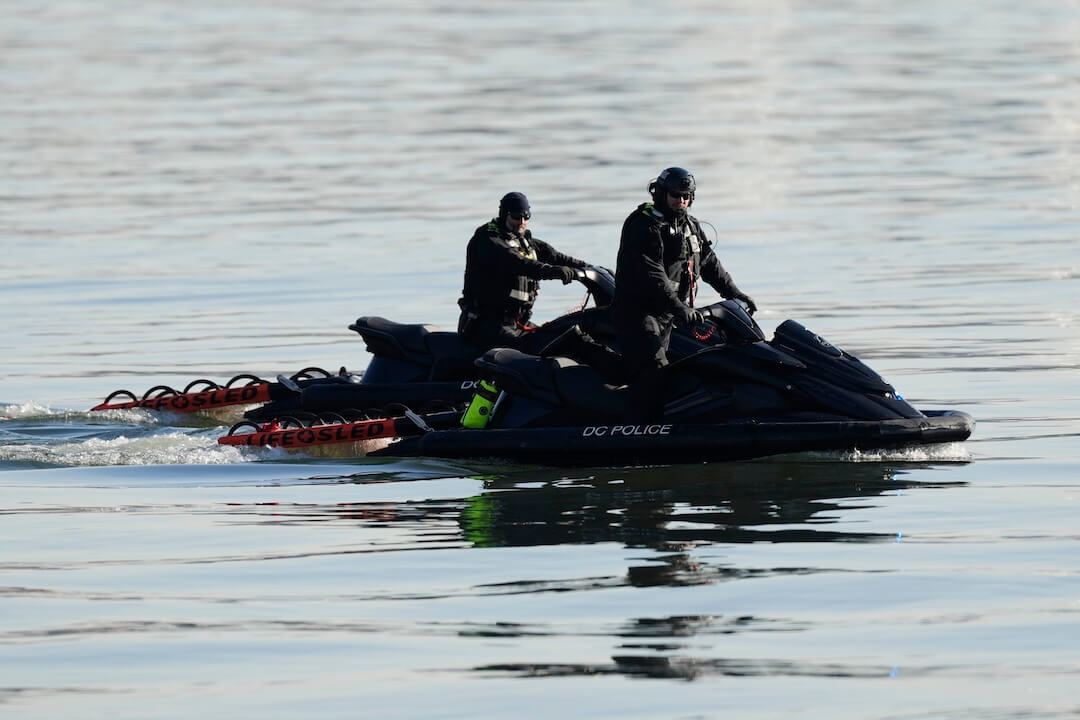This essay is the fourth in our Push For Parity essay series, featuring stories about women in leadership in journalism. For more on our series and details about how you can contribute, see Kelly McBride’s essay introducing the project. Poynter and ONA have also announced a tuition-free women’s leadership academy.
When the Asian American Journalists Association hosted a panel on women leadership in August, the session had a lot going for it: A standing-room-only crowd, a theme very much on people’s minds, and an all-star lineup from broadcast, newspapers and magazines.
But it was missing one thing: Almost no men showed up, hardly any spoke up and the panelists were all women. Though a third of convention goers were male, the women in that particular session, “How to change the ratio from the top,” outnumbered the men 10 to one.
This spring, when the top editors of The New York Times and Le Monde were fired on exactly the same day in very public ways, it placed a spotlight on the shrinking number of top women editors. Since then, the subject has been addressed at every one of this year’s journalism gatherings, as well as a string of articles, blogs and social media posts.
Most of the discussions, though, have either not included men or allowed us to duck the uncomfortable questions that come with the topic. Some, including the AAJA panel and another from October at the Online News Association, spent most of the time on the headwinds that women face as leaders. At times, they painted a men-versus-women dynamic, which not surprisingly left the men in the room even quieter.
One of the most compelling arguments for gender and racial balance in leadership is that newsrooms must have differing perspectives and life experiences to get the story right, in every sense of the phrase. In the same way, it’s going to take men and women pulling together – and talking frankly — to begin to reverse the leadership imbalance.
The AAJA panel drew an outstanding group of women: Nightline anchor Juju Chang, Kansas City Star Publisher Mi-Ai Parrish, National Geographic Editor Susan Goldberg, Lucky Editor Eva Chen and Emma Carew-Grovum, a digital editor with Foreign Policy.
They told revealing stories about how they never thought to negotiate better starting salaries or ask for raises the way men tend to do. They talked about walking into new assignments to find male staffers lining up to introduce themselves much more aggressively than women. The session was thoughtful and good-humored, and it was obvious the AAJA audience appreciated hearing from these high-caliber women.
Still, it was mostly a one-sided discussion that never really got to the deeper questions of what’s causing this worrisome trend and what might be done about it.
When the American Society of News Editors/Associated Press Managing Editors convention took on the same theme in October, the session managed to draw both men and women. That was probably because the conference itself attracts a higher percentage of men, but also because it was the main event of the morning, so there was nowhere else to go.
The panelists were all women – AP Executive Editor Kathleen Carroll, Miami Herald Executive Editor Mindy Marques, and Fast Company Leadership Editor Kathleen Davis – but the problem was posed as the responsibility of both men and women. When moderator Geneva Overholser opened the floor to questions, an equal number of men and women stepped up to the microphone.
“Let’s not forget that men have a responsibility in this,” said Charlotte Hall, a long-time industry leader, past ASNE president and former editor at the Orlando Sentinel. “By and large, they still do have the most power. They have to inspire as well as promote – to lean forward, to quote Sheryl Sandberg.”
There are a number of reasons why men may have stayed on the sidelines of this conversation. As the only male on a Poynter-sponsored panel this summer — where not one comment came from the sprinkling of men in that audience — I can testify that it’s awkward to find your place in a discussion that seems to belong mostly to the women in the room.
But that’s just the point: This isn’t only about women. It’s as much about achieving accuracy and balance in newsroom leadership as it is about gender. Nobody is reluctant to speak up when those standards are jeopardized on other fronts.
We’re not going to confront the deep, difficult issues hindering progress, many of them economic woes still brewing in the industry, until men engage the same way that women have.
Let’s hope the string of panels, blogs and articles on these questions don’t fade as the convention season closes this year. Men and women alike have work ahead of us.
Anders Gyllenhaal is vice president of news for the McClatchy Company, where just under half of the newsrooms are run by women and 40 percent of the publishers are women. Two of the panelists mentioned here, Mi-Ai Parrish and Mindy Marques, are from McClatchy papers.








Comments